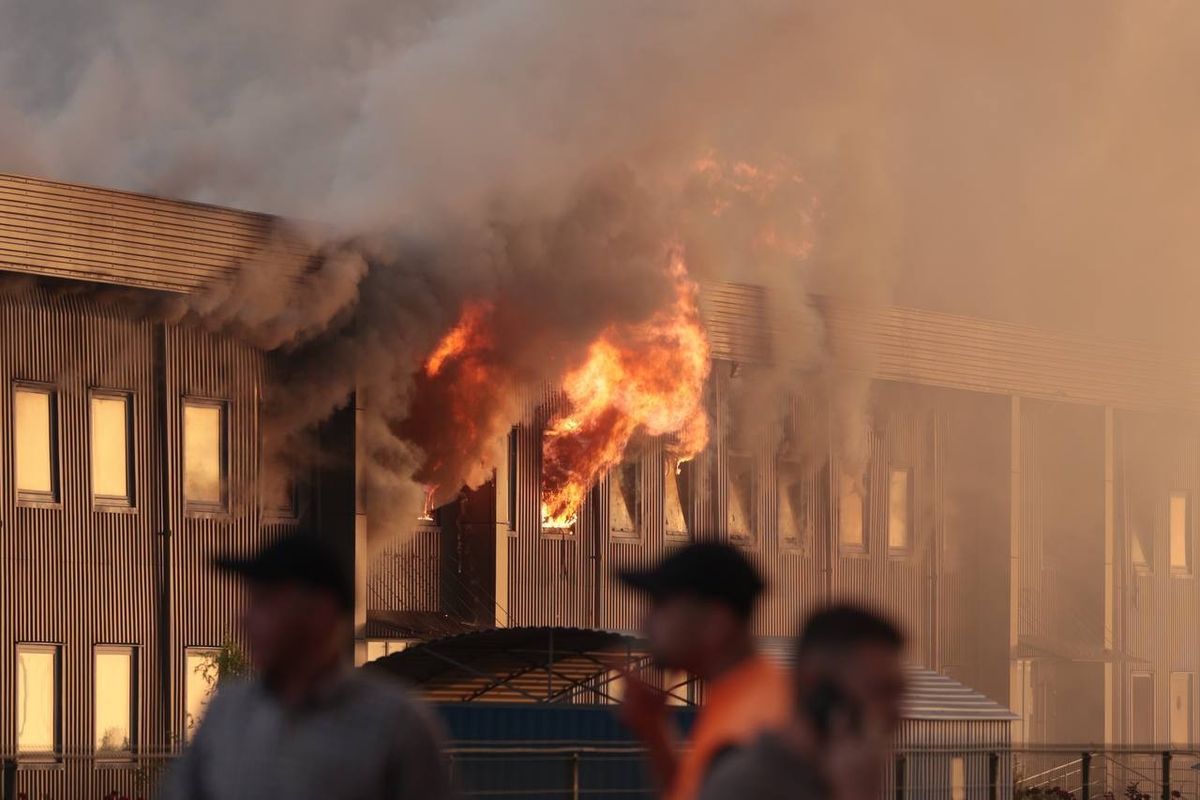In October 2016, New York magazine published an exit interview with President Barack Obama who “chose five moments that, he believes, will have outsized historical impact.” One of those five “moments” was a drone strike carried out on September 30, 2011, which killed Anwar al-Awlaki, an al Qaeda terrorist who was also an American citizen. That he would include drones is not surprising given that they have already had an outsized impact even before he has left office.
Within his first year as President, President Obama had carried out as many counterterrorism strikes as President George W. Bush during his entire eight years in office. By the last year of his administration, President Obama had authorized north of 500 drone strikes in Pakistan, Somalia, and Yemen despite having almost lamented three years earlier in a major speech at National Defense University that drones had become a “cure-all for counterterrorism.”
The transition of power from President Obama to his successor provides an opportune time to reflect on why drone strikes became one of Obama’s five moments, what this portends for the next president, and what the United States’ experience says about other countries trying to acquire drone technology.
Although Obama gave fair warning that he would not hesitate to strike suspected terrorists in Pakistan—saying as a candidate in 2008 that “if Pakistan cannot or will not act…we will”—it is safe to say that the vigor with which he approached drone strikes came as a surprise to many observers. In many respects, the reliance on drone strikes fits perfectly with a democratically elected leader such as Obama. The structural incentives in a democracy—with its electoral cycles and need to generate public support for the sustainability and legitimacy of its policies—favor the short-term. No democratic leader wants to be the person who had a terrorist attack take place on their watch.
It is why Obama was inevitably drawn toward drone strikes. Indeed, even critics have acknowledged that drone strikes “can protect the American people from attacks in the short term.” Rather, it’s the longer-term consequences—creating more terrorists than they kill because of blowback—that have ruffled more feathers among critics. On these strategic consequences, the evidence of whether drone strikes tamp down terrorism in the long term is mixed. As Micah Zenko, of the Council on Foreign Relations tweeted, “I've read every social science study of drone strikes, and each is important, but it seems like they cancel each other out.” In other words, for every study that points to the way terrorism has undermined the ability of organizations to carry out future attacks, there is a study pointing to the counterproductive effects of strikes.
Two consequences are clear, however, both of which have implications not just for the current but also future international security environment. One is that the use of drone strikes has reduced democratic accountability. Upon first glance, it appears that leaders have been fully responsive to the democratic populace. Americans are enamored by the convenience of drone strikes, albeit less so when they learn of the legal and ethical critiques. But the consequence is that they and in turn Congress have granted enormous decision-making latitude to President Obama.
President Obama himself is well aware of the accountability crisis this has created. In his New York exit interview, Obama said, “it troubled me, because I think you could see, over the horizon, a situation in which, without Congress showing much interest in restraining actions with authorizations that were written really broadly, you end up with a president who can carry on perpetual wars all over the world, and a lot of them covert, without any accountability or democratic debate.”
Another broader consequence of the United States’ reliance on drone strikes is the precedent it has set for other countries. The political and military appeal of drones has not gone unnoticed by the rest of the world, and many other countries are trying to catch up. The UK, Israel, Nigeria, Iraq, and Pakistan have used drones in combat, China and Iran possess armed drones, and countries such as Russia, Saudi Arabia, India, Taiwan, South Korea, and the United Arab Emirates are either developing drones or have signaled that they are desperate to have them.
A number of senior leaders in the U.S. government have conceded that these countries are likely to draw on the U.S. precedent. As CIA Director John Brennan admitted, “we are establishing precedents that other nations may follow…and not all of them will be nations that share our interests or the premium we put on protecting human life, including innocent civilians.” Rosa Brooks, a law professor at Georgetown University who has written on drones and targeted killing, argued that “instead of articulating norms about transparency and accountability, the United States is effectively handing China, Russia, and every other repressive state a playbook for how to foment instability and—literally—get away with murder.” Russia, for example, has drafted a set of drone regulations that looks uncannily like those of the United States.
Unfortunately, the Obama Administration’s efforts to increase transparency and accountability were too little, too late, and therefore lacked credibility. When it released civilian casualty figures in July 2016, citing a number between 64 and 116, observers emitted a collective roll of the eyes, since the number was far lower than most estimates. With experiences of the last eight years etched in stone, it falls squarely upon Obama’s successor to start with a clean slate and respond to calls for transparency on particular strikes, clarity in terms of how the government counts and identifies non-combatants, and greater congressional oversight. Accountability in the United States, precedent for other countries, and therefore the prospects for peace and conflict, depend upon it.













